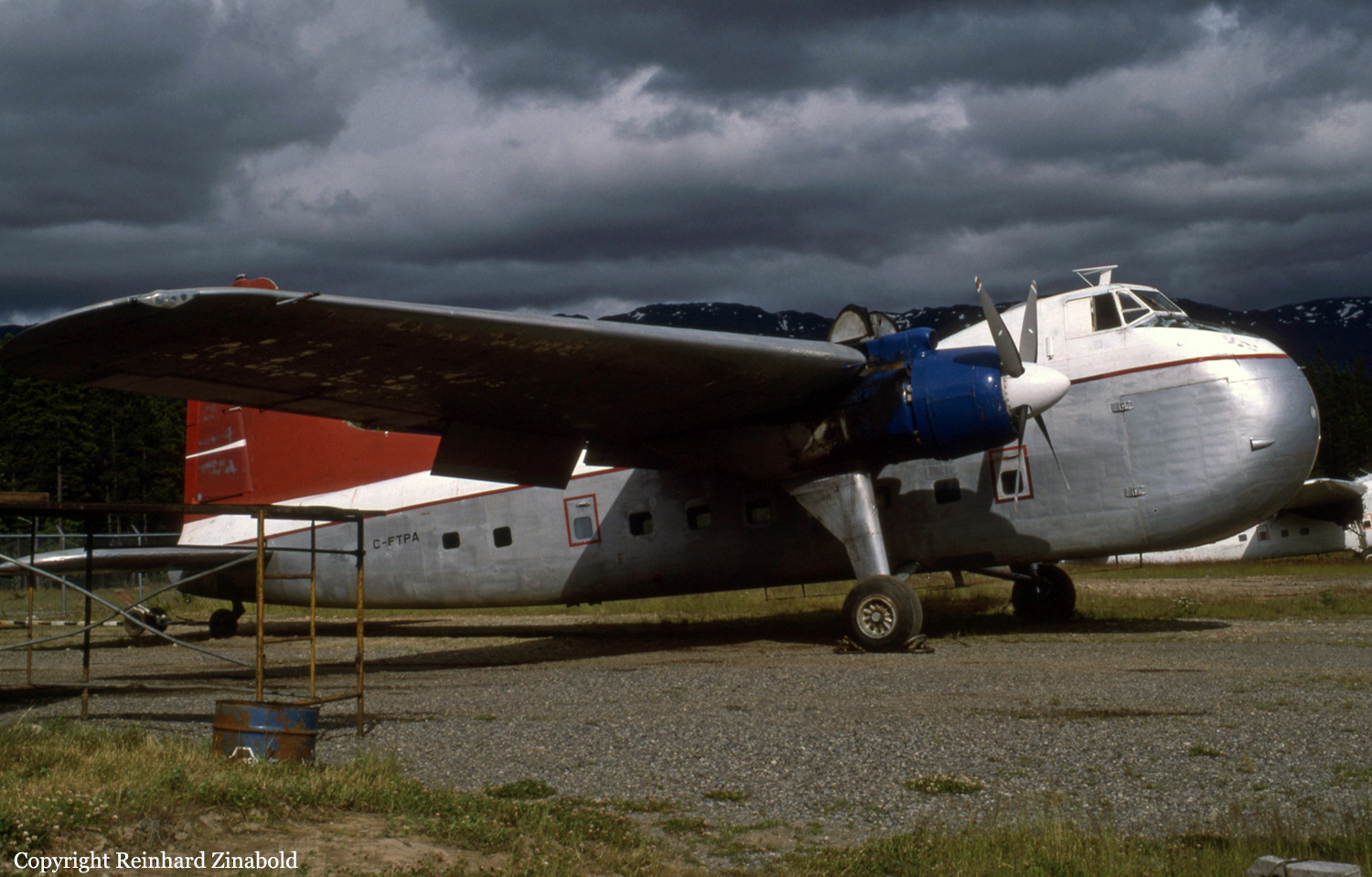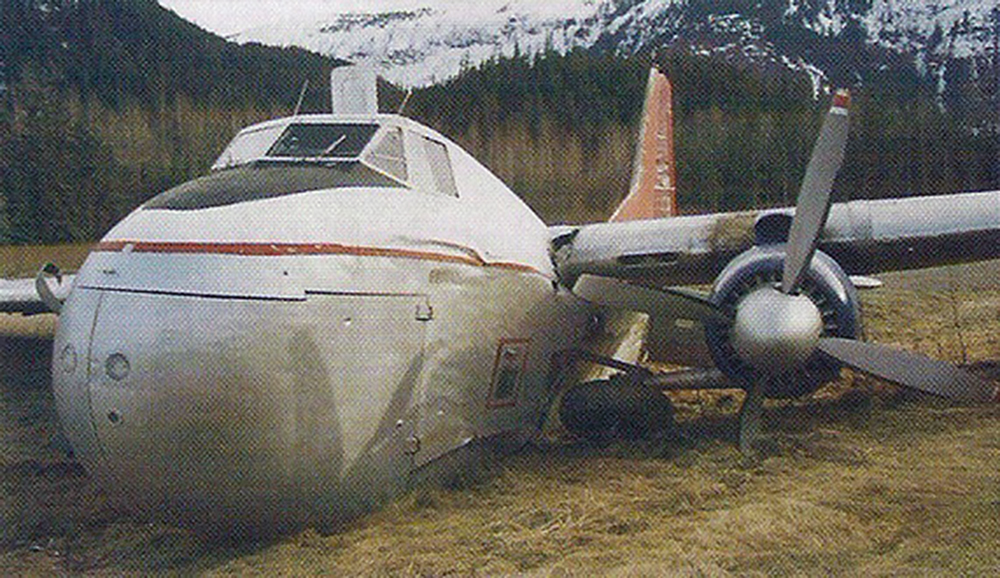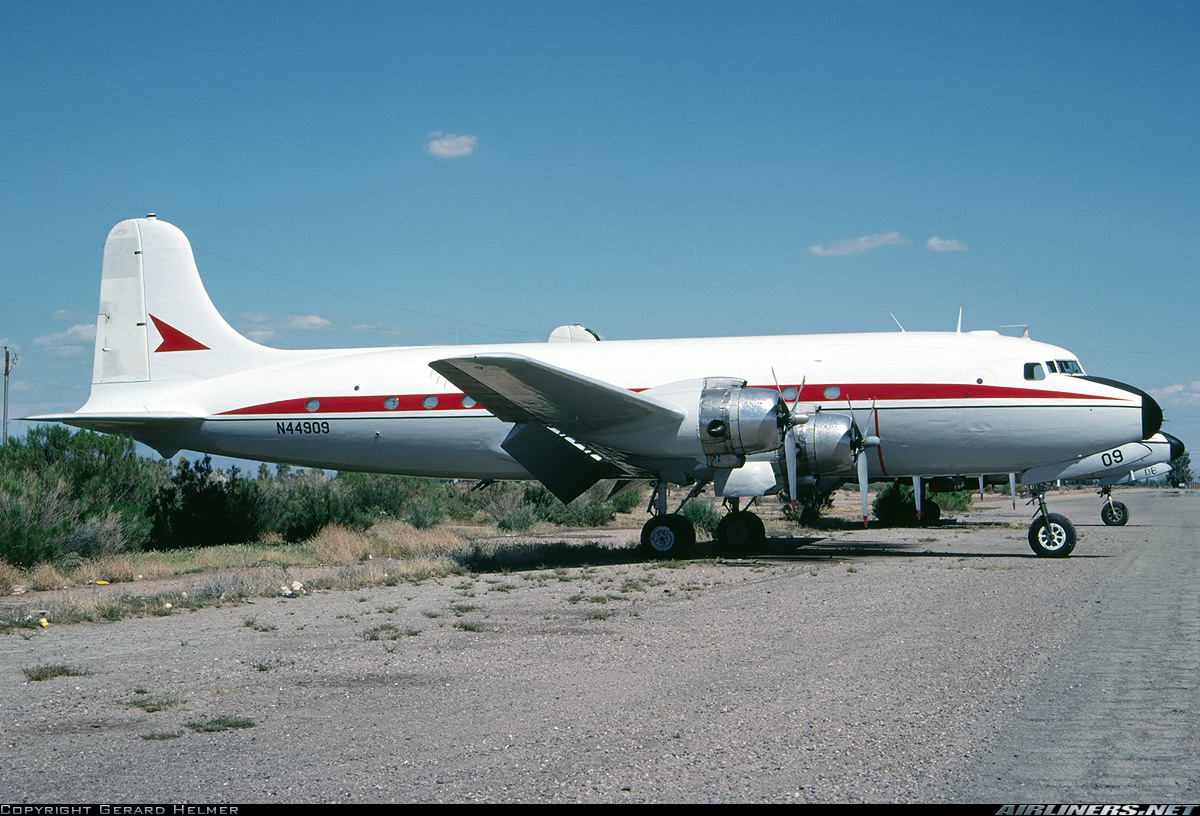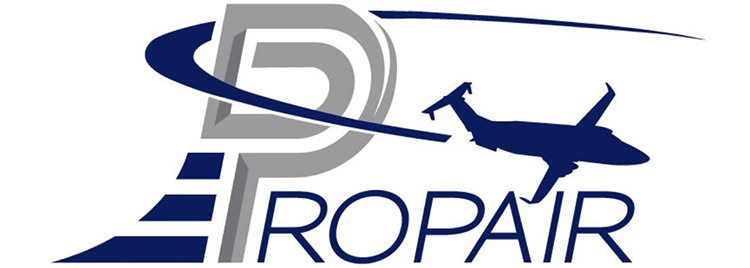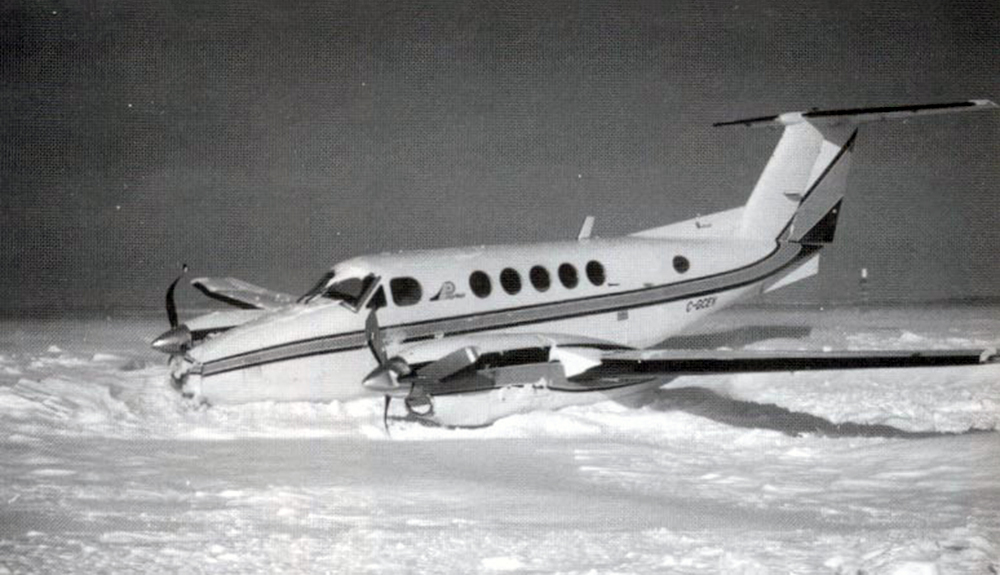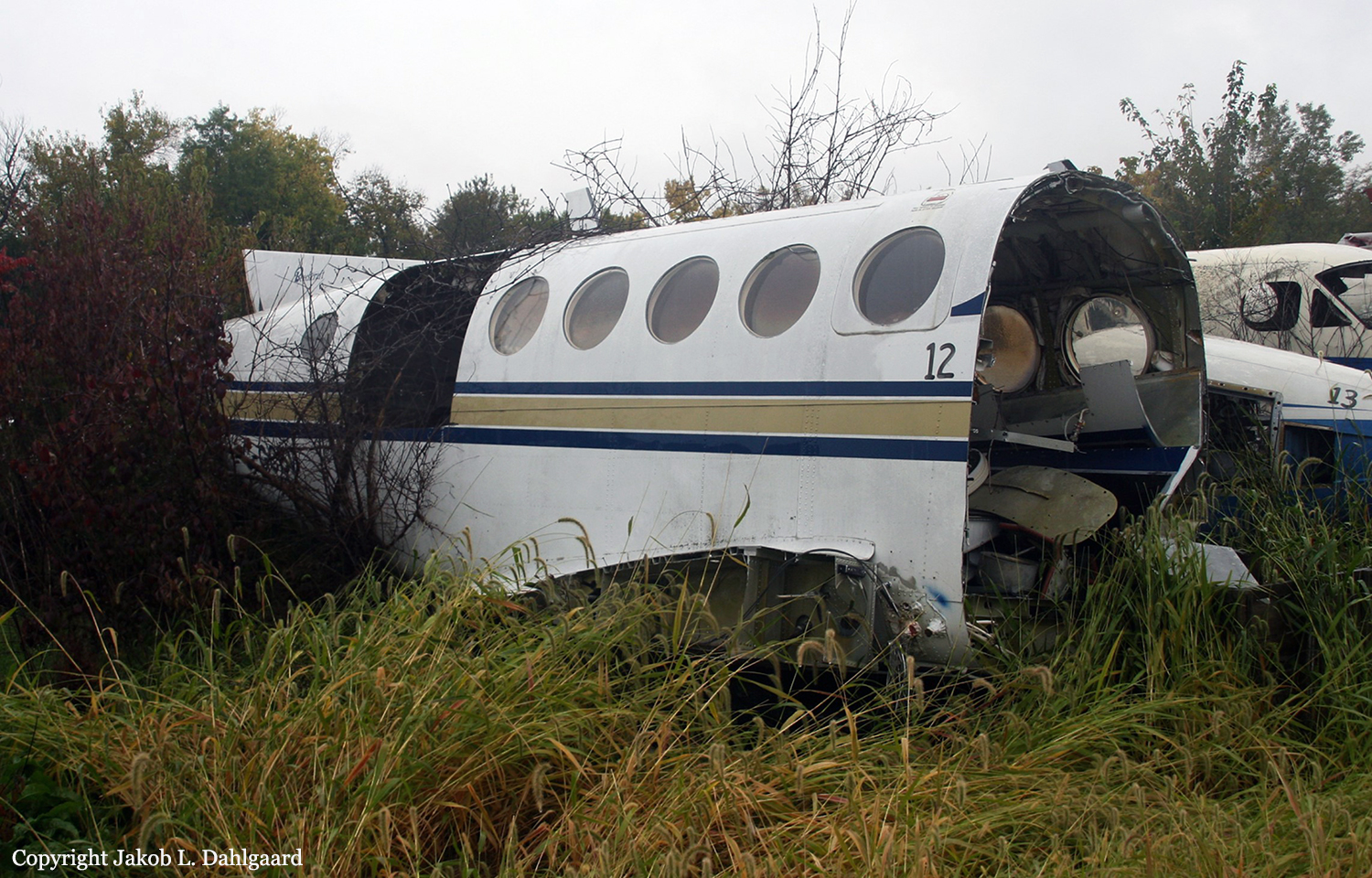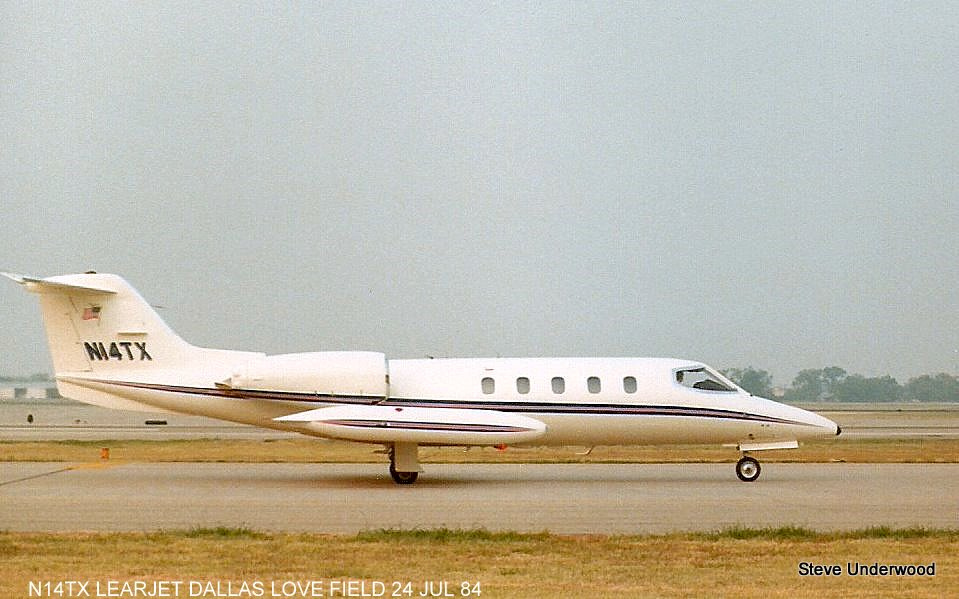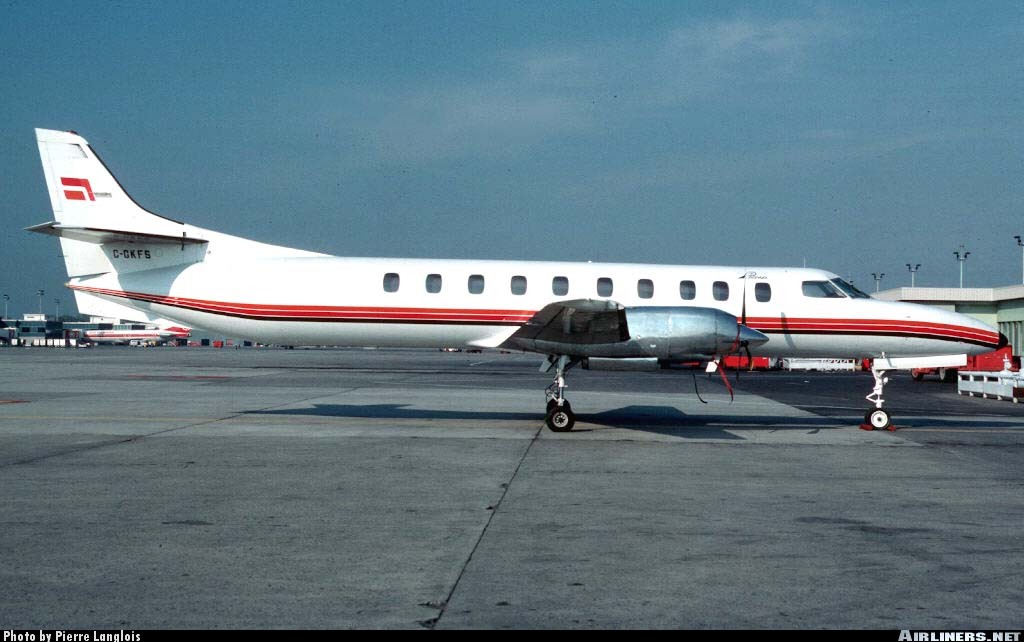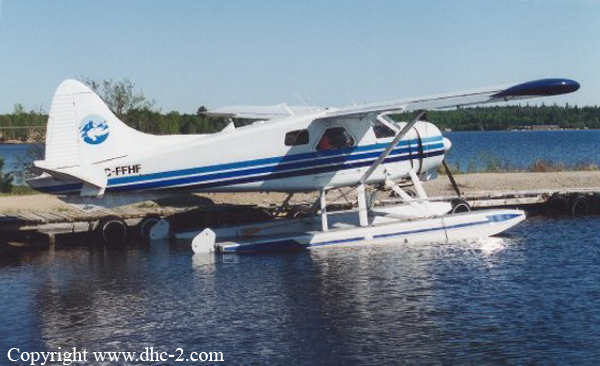Crash of a Bristol 170 Freighter 31A in Bronson Creek
Date & Time:
Apr 24, 1997 at 1710 LT
Registration:
C-FTPA
Survivors:
Yes
Schedule:
Wrangell - Bronson Creek
MSN:
13157
YOM:
1953
Crew on board:
3
Crew fatalities:
Pax on board:
0
Pax fatalities:
Other fatalities:
Total fatalities:
0
Circumstances:
Upon touchdown at Bronson Creek Airport, the right main gear collapsed. The right wing struck the runway surface and out of control, the aircraft veered off runway and came to rest in a grassy area. All three occupants escaped with minor injuries while the aircraft was damaged beyond repair.
Probable cause:
It is believed that the bolts attaching the right horizontal gear support to the main wheel failed upon landing.
